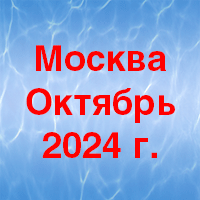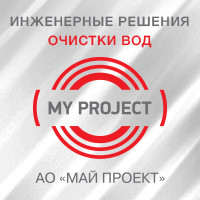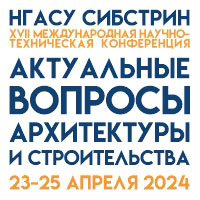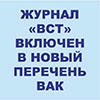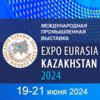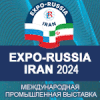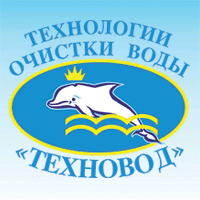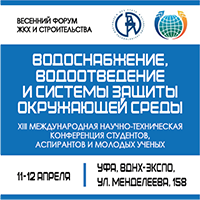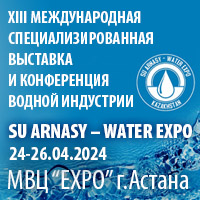№07|2015
DRINKING WATER SUPPLY
bbk 000000
УДК 628.166
Optimization of drinking water chlorammoniation process
Summary
Water disinfection is the most important function of the public water supply. Chlorammoniation used for this purpose has a number of advantages compared to the traditional chlorination. However, it sets raised requirements to the analytical control instruments which limit the automation potential. Different control parameters are considered in relation to their possible application for the automation of the disinfection process. It is shown that the best parameter indicative of the optimal conditions of the process is the concentration of free ammonium. To choose a method of measuring free ammonium under the conditions of chlorammoniation at the existing water supply facilities tests on monitoring free ammonium by different methods were carried out. The limitations of some laboratory techniques are shown together with the advantages of the method using a gas-selective electrode, particularly in automatic analysis. The method of free ammonium monitoring with the use of an automatic analyzer with a gas-selective electrode has a number of advantages: a clear criterion of the optimal process conditions; the lowest absolute error of the measurements; possible use of the method for the automation of chlorine (ammonium) dosing. The operational tests showed the efficiency of the given method of the process control, reliable operation of the analyzer and good repeatability in relation to the laboratory data.
Key words
water disinfection , chlorammoniation , free ammonium , gas-selective electrode , automatic analysis
The further text is accessible on a paid subscription.
For authorisation enter the login/password.
Or subscribe
REFERENCES
- Manual of water chlorination principles and practices. American Water Works Association, 1973, p. 60. Kuzubova L. I., Kobrina V. N. Khimicheskie metody podgotovki vody (khlorirovanie, ozonirovanie, ftorirovanie) [Chemical methods of water purification (chlorination, ozonation, fluoridation): Analytical Review. SO RAS, GNNTB, NIIOH. Ekologiia Series. Issue 42. Novosibirsk, 1996. 132 p.].
- White G. C. Handbook of chlorination and alternative disinfectants: 3rd ed. Van Nostrand Reinhold. New York, USA, 1992, p. 196.
- Wiese P. On-site free-ammonia test helps prevent nitrification. Journal of American Water Work Association, March, 2008, pp. 60–64.
- Volynets V. F., Volynets M. F. Analiticheskaia khimiia azota [Analytical chemistry of nitrogen. Мoscow, Nauka Publ., 1981, 307 p.].
- Harp D. L. A specific and effective method of controlling chloramination of waters. Loveland, Colorado, USA, Hach Company, 2000, p. 4.
- Bebeshko G. I., Nesterina E. M. Ionometricheskoe opredelenie ammonii-iona v vodakh [Ionometric detection of ammonium ion in waters. Instruction Manual NSAM no. 444-H. Мoscow, VIMS Publ., 1995, 13 p.].
- Bebeshko G. I., Nesterina E. M. [Pat. 2168720, RF. IPC3 G 01 N 27/26. Gas sensing cell for detection of ammonium ions]. Izobreteniia. Poleznye Modeli, 2001, no. 16. (In Russian).


